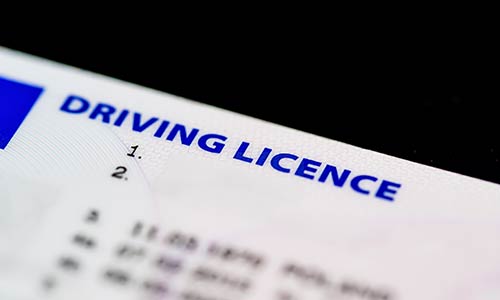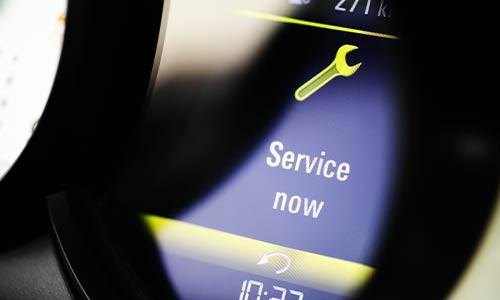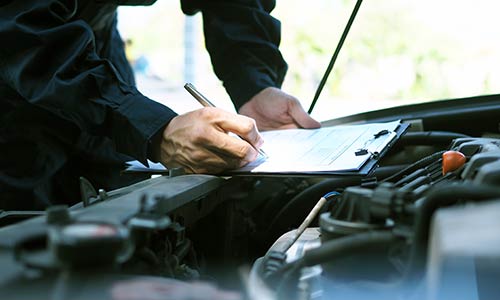
What documents do you need when buying a used car?
Last updated December 15th, 2023
When it comes to buying a used car, it’s important to have the right documents to hand. By being prepared, you can help ensure that everything goes without a hitch.
Whether you decide to buy a car privately or through a dealership, there are several key documents you’ll need before you can legally drive your new motor – and several you’ll need to obtain from the seller. Read our guide below for a full list of the required documentation.
Value your car in under 30 seconds
Documents you need as a car buyer
Have you ever wondered, what paperwork you need to buy a car in the UK? Before you can drive your new car, you’ll need the following documentation:
-
Driving licence
Your driving licence proves your legal identity and authorises you to drive the car.
-
Insurance policy
You’ll need to have a valid car insurance policy before driving your new car. Some dealers may offer you ‘driveaway’ insurance (also known as temporary car insurance, enabling you to arrange longer term insurance cover at a convenient time. It is always illegal to drive without insurance. Ideally, you should arrange comprehensive car insurance - or, at a minimum, third-party cover.
-
Road tax
Car tax (also known as ‘vehicle excise duty’ [VED]) is not transferrable between owners. Therefore, you’ll need to tax your new car yourself before driving it. This can be done via the gov.uk website, by post - or by calling the DVLA’s 24/7 phone service on 0300 123 4321. The seller of the car should provide you with a V5C/2 document. (You’ll need the 12-digit reference number from this slip to tax your vehicle.)
-
Payment documents
Having the necessary paperwork with you when paying for the vehicle is crucial, specifically if you’ve taken out a loan or utilised a car finance plan.
Documents you should request from the car seller
-
Logbook
The V5C logbook proves that you’re the car’s registered keeper. This document should have a ‘DVL’ watermark, which proves its legitimacy. Therefore, you should request to see the original V5C logbook and not a copy. If a seller doesn’t have the logbook, you can apply for a replacement by submitting a V62 form. You should also check the serial number printed in the logbook. (If it falls between BG8229501 and BG9999030 - or BI2305501 and BI2800000, this could indicate that the car has been stolen.)
-
Seller’s details
Check that the seller’s details match those shown in the logbook. If they do not, you should query this with the seller. Likewise, if the details in the logbook don’t match the car’s Vehicle Identification Number (VIN), you should ask the seller to explain this discrepancy.
-
Service history
Check that the service history given to you provides a complete record of the work carried out on the vehicle. A full service history will include names and addresses for the relevant garages, mileages at each service interval, details of each service and any repairs. If some details are unavailable, you may be able to turn detective and piece together the car’s missing service history.
-
MOT status
You should ask the seller for a copy of the car’s current MOT certificate. If the MOT certificate shows any issues, you should discuss these with the seller. If the certificate is missing, you can also use our free MOT check tool to confirm when the current MOT expires and review any faults highlighted during past tests.
-
Proof of purchase
Finally, when buying a car, you should always obtain proof of purchase. This receipt should include the buyer and seller’s names and addresses, the date of purchase, the car’s specifications - and confirmation of the purchase. This document should be signed by both parties and kept in a safe place.





